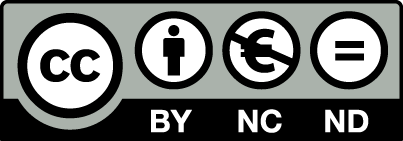Zusammenfassung:
Road transportation is responsible for a significant part of the EU's total CO2 emissions. Therefore, the automotive sector is subject to continuously strengthening environmental regulation. Regulation (EU) 2019/631 of the European Parliament and of the Council of 17thApril 2019 sets, for the period from 2020 to 2024, an EU fleet-wide target of 147 g CO2/km for the average emissions of new light commercial vehicles and an EU fleet-wide target of 95 g CO2/km for the average emissions of new passenger cars, phasing in for 95% of vehicles in 2020 with 100% compliance in 2021. If a manufacturer does not meet given CO2 standards, the excess emissions premium (penalty) is to be charged. Value creation in the automotive sector across the supply chain is necessarily undergoing a process of change. Manufacturers of passenger cars and light commercial vehicles are forced either to face a massive penalty or to invest in the development of low-emission technology and in the change of the production portfolio towards zero- and low-emission vehicles with lower profit margins and a relatively unformed customer base. The aim of this paper is to identify how the excess emissions premium affects the value creation in the automotive industry. Our methodology utilizes the income-based valuation approach.

